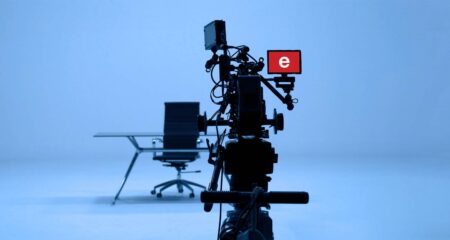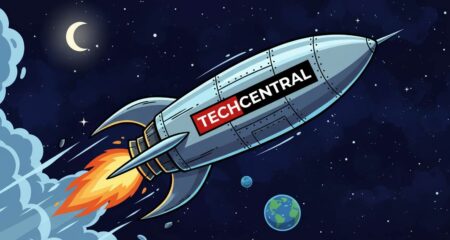
[By Duncan McLeod]
The department of communications has thrown SA’s migration from analogue to digital terrestrial television into disarray. It’s time to end all the nonsense around different standards and for the industry to move ahead.
Business leaders in SA have always shown a reluctance to criticise government. Where they have had concerns, they’ve tended to raise these privately, if at all.
So last week’s press conference in Sandton, called by commercial broadcasters e.tv and M-Net, was extraordinary. The CEOs of the two broadcasters — Marcel Golding for e.tv and Patricia Scholtemeyer for M-Net — shared a stage to make it clear exactly what they thought of communications minister Siphiwe Nyanda’s decision to initiate a review of SA’s commitment to the European standard for digital terrestrial television.
First, though, some background.
SA, with its neighbours in the Southern African Development Community, agreed almost five years ago to adopt the European standard for digital television, known as digital video broadcasting terrestrial (DVB-T). Since then, the country has run extensive trials of digital television using DVB-T.
SA has made a commitment to the International Telecommunication Union that it will end all analogue television broadcasts by mid-2015. Among other things, this will allow radio frequency spectrum that is freed up through the migration to be reassigned to telecommunications operators.
But SA’s commercial broadcasters are now warning that the 2015 cut-off date is in jeopardy if the country ditches its commitment to DVB-T and instead opts for Japan’s integrated services digital broadcasting terrestrial standard (ISDB-T), a version of which has been adopted in Brazil and a few smaller markets in South America.
Industry executives fear some sort of deal has been reached between the SA and Brazilian governments that will result in SA adopting ISDB-T. However, the communications department has steadfastly denied this.
But broadcasters say the department is making a hash of things. E.tv’s Golding has been particularly forthright, saying the process has become “quasi-unilateral”.
Based on the evidence, ISDB-T appears to offer no additional value over DVB-T. The list of disadvantages, however, is long. Chief among them is that the cost of ISDB-T decoders — needed to receive digital broadcasts — is significantly higher than DVB-T receivers.
This will place an extra burden on SA consumers and push up the amount of money that will be needed to subsidise decoders for poorer households. Also, ISDB-T skills are relatively scarce, and SA has already invested tens, if not hundreds, of millions of rand in DVB-T infrastructure. There are many other reasons, some of them quite technical, why choosing ISDB-T would be a mistake.
Oddly enough, though, reopening the standards debate could end up paying dividends for the country. The experts say it could make sense for SA to adopt an evolution of the DVB-T standard, known as DVB-T2.
T2 offers about 60% greater “spectral efficiency” than ISDB-T and DVB-T. In other words, you can squeeze more channels into the same amount of spectrum, or use the extra spectrum to offer more terrestrial channels in high definition. The greater efficiency will allow more broadcasters to be licensed, creating greater choice for consumers and a more competitive media landscape.
Though T2 decoders are more expensive, prices are falling rapidly and could be in line with DVB-T boxes by the time SA switches off its analogue broadcasts.
Government says it wants the best standard for SA. That standard is T2. Let’s adopt it, and get on with migration.
- McLeod is editor of TechCentral; this column is also published in Financial Mail
- Subscribe to our free daily newsletter
- Follow us on Twitter or on Facebook




